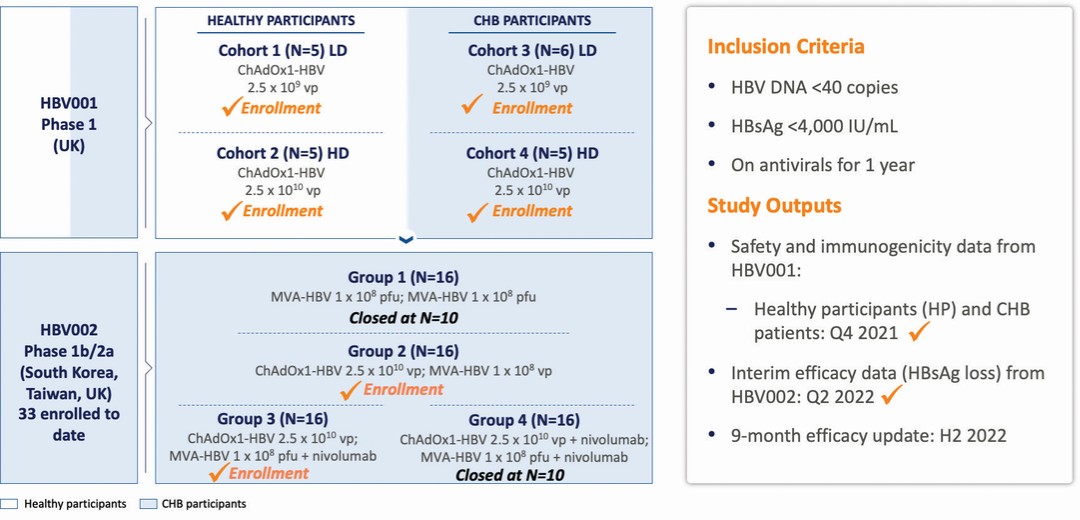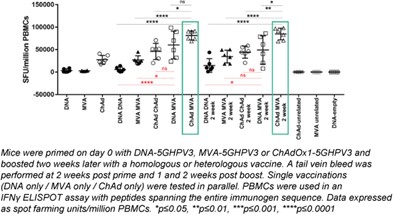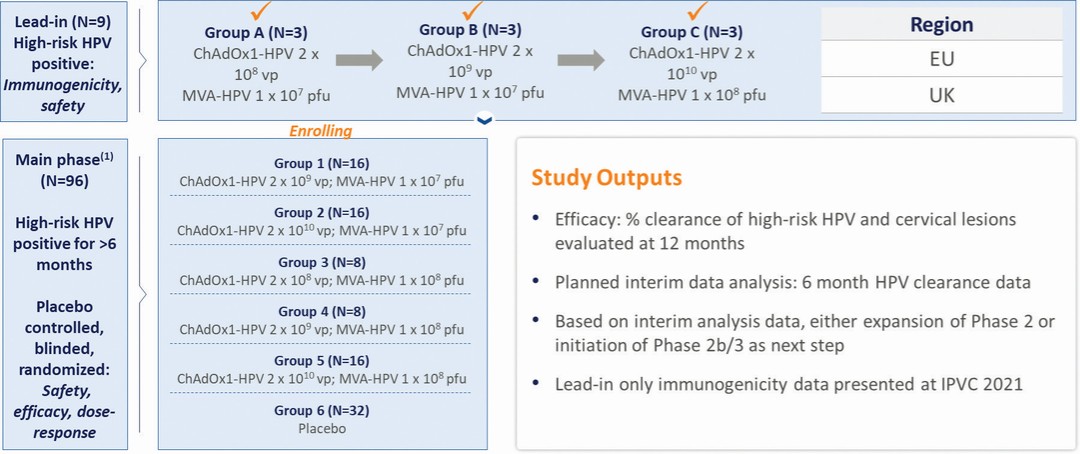A change in the outcome of any of these variables with respect to the development of a product candidate could mean a significant change in the costs and/or timing associated with the development of that product candidate or could prevent continuation of that program being in the company’s interests. For example, if the FDA or another regulatory authority were to require us to conduct clinical trials beyond those that we anticipate will be required for the completion of clinical development of a product candidate, or if we experience significant delays in our clinical trials due to patient enrollment or other reasons, we might be required to expend significant additional financial resources and time on the completion of clinical development. In some circumstances, such as the emergence of a significantly more effective therapy from a competitor, it may be appropriate to discontinue a product candidate program. We expect that our cash balance as of June 30, 2022 will enable us to fund our operating expenses and capital requirements into the fourth quarter of 2024.
Recent Developments

VTP-300: An Immunotherapeutic Targeting Chronic HBV Infection
In May 2022, we completed the last patient visit in our HBV001 Phase 1 clinical trial in the United Kingdom. Two types of participants were enrolled: healthy participants and participants with CHB infection whose infection has been suppressed with oral antiviral therapies. The primary objective of the HBV001 trial is to evaluate the safety and tolerability of different doses of a single vaccination of ChAdOx1-HBV. In addition, the secondary objectives are to determine the immunogenicity of ChAdOx1-HBV and to determine the effect of ChAdOx1-HBV on the level of HBsAg in the participants with CHB infection. All cohorts of healthy volunteers and patients with chronic hepatitis B (CHB) have completed treatment and follow up. No serious adverse events have been reported.
We have used genotype C HBV antigen sequences in our VTP-300 vectors to target the most prevalent CHB genotype. However, we believe VTP-300 may induce cross-reactive T cell responses with other prevalent genotypes. Therefore, we also aim to determine if the T cell responses induced by the ChAdOx1-HBV viral vector used in this trial can potentially cross-react with other common HBV genotypes. The criteria for CHB patients to be enrolled in this trial were (i) infection that has been suppressed with oral antiviral medication (HBV DNA < 40 copies/mL) and (ii) relatively low levels of cccDNA markers (HbsAg < 10,000 IU/ml). As higher levels of CD8+ T cell induction are likely to occur in healthy controls, these samples are utilized to map the responses induced by VTP-300, to reactivity with peptides, representing consensus sequences from genotypes B and D, which are more common in both the United States and Europe.
In addition, we are conducting a Phase 1b/2a clinical trial, HBV002, to evaluate the safety and reactogenicity of VTP-300 with or without an anti-PD-1 in CHB patients whose infection has been suppressed with oral antiviral medication. HBV002 enrollment was completed in May 2022.
19





